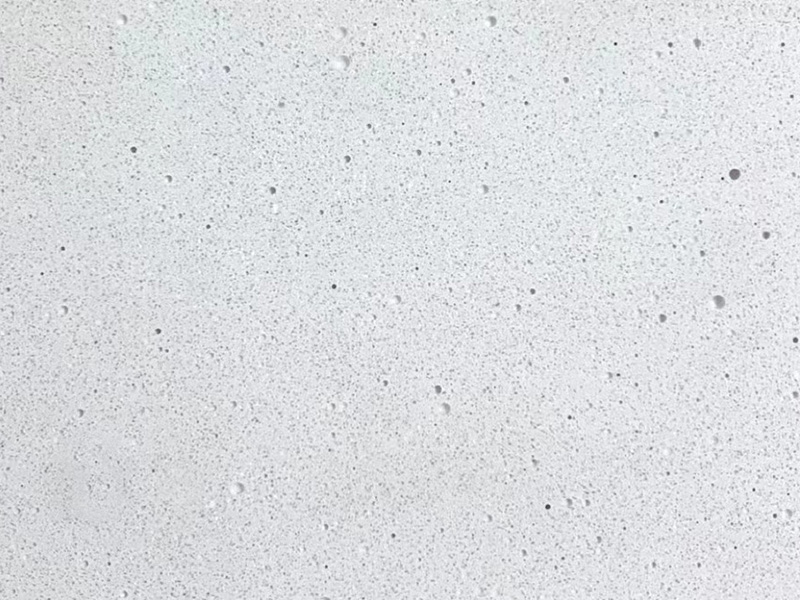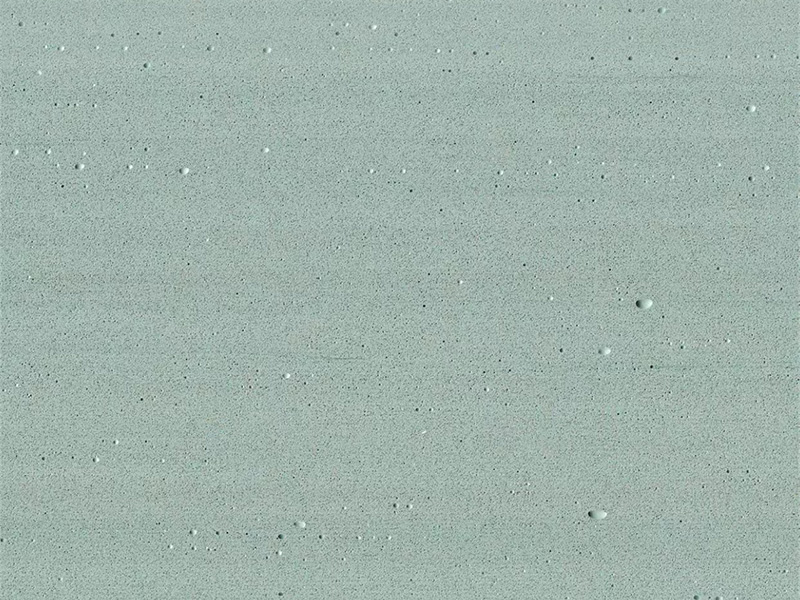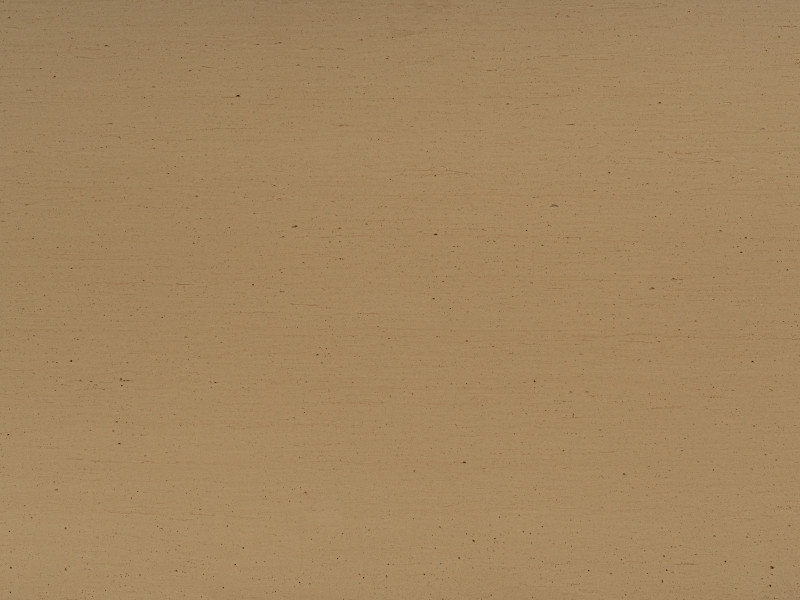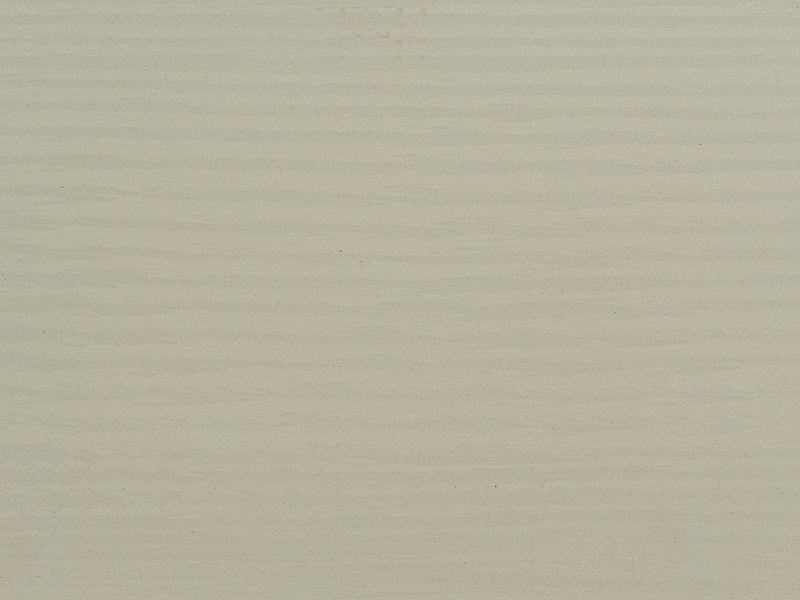Installation and maintenance of natural cultural stones
The dark and light colors of the same variety can be combined, and different varieties and specifications can also be combined, based on natural, harmonious, and pleasing standards. The thickness, pattern, and color of natural cultural stones should not be excessively selected. They should be rich and diverse in color, with crisscrossing textures. This way, the effect is clear in layers, strong in three-dimensional sense, and more close to nature. Before construction, the surface of natural cultural stones should be cleaned of dust and debris and dried (when using glue for construction). Cement construction does not require cleaning, and it is cleaned uniformly after construction. If complex shapes are required, it is best to test lay them on a flat surface. Do not stick cement or adhesive to the surface of cultural stones during construction. If it is stuck, please immediately remove it with a damp cloth.
Cement is suitable for ordinary cement walls (coatings and latex paint should be removed and leveled).
Building adhesive is suitable for pasting smooth (low water absorption) surfaces such as wooden boards, steel, paint, terrazzo, granite, and ceramic tiles. The surface to be applied must be dry, free of oil stains, and dust. The use of adhesive on cement walls is faster, cleaner, and has good results, but it is more expensive than using cement for construction. When using the adhesive, it should be stirred evenly. When the temperature is low, it should be opened and left to air for half a day in advance.
5-15mm expansion joints should be left on the ground and outdoor walls, while smaller indoor walls may not be left with joints. The pointing materials include glass glue, cement, pointing agent, rubber strips, or the required paint should be brushed with wooden thread for pointing. To prevent large-sized cultural stones from sliding during wall construction, marble adhesive can be used as an auxiliary material.
After pasting, flat plates such as rust, powder rust, stone mud, and bluestone can be painted with a layer of varnish, while sandstone and artificial stones are best not to be painted. When painting, first try brushing a small piece of leftover material to see if the effect is satisfactory. If not, maintain the original natural style of the cultural stone. Sandstone and all cultural stones are most natural when not painted (professional stone curing agents have better effects than varnish).
-
06-04
Review of Xiamen Stone Exhibition in June 2023
-
03-16
Review of Guangzhou Design Week in March 2023
-
10-10
Terrazzo: The Beauty of Flowing Light and Colorful Architecture
Terrazzo, a building material with a unique charm, is increasingly praised for its natural beauty and versatility in the field of architectural design and decoration.Firstly, terrazzo stands out for i
-
10-10
Inorganic Stone: The Sediment of Nature and the Eternal Choice of Architecture
In the vast field of building materials, the concept of inorganic stone has emerged, becoming a darling of the construction industry due to its unique properties and excellent durability.Inorganic sto















